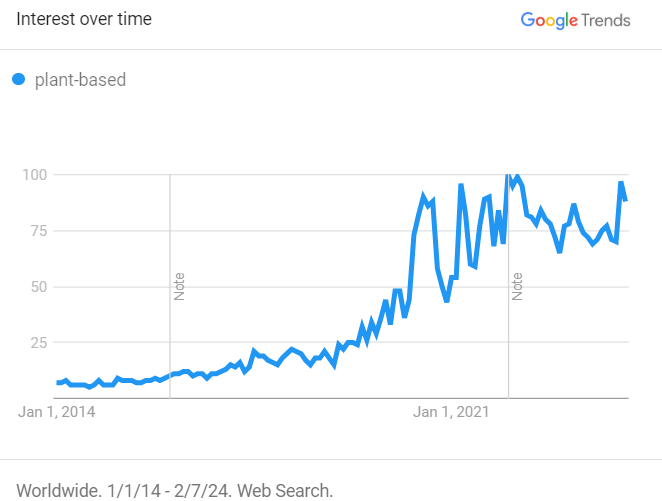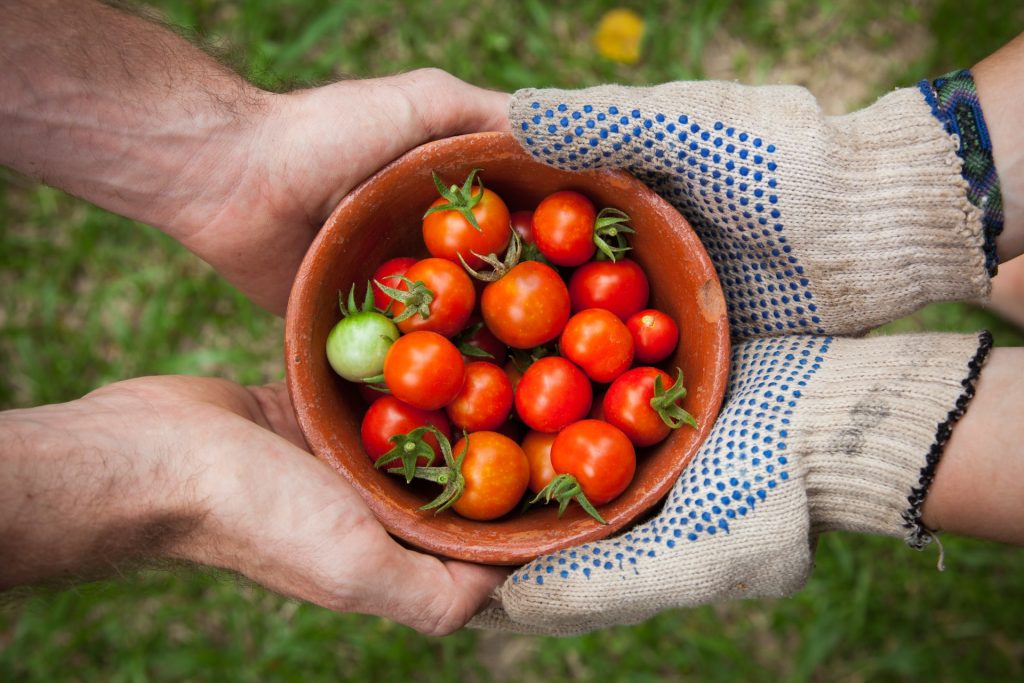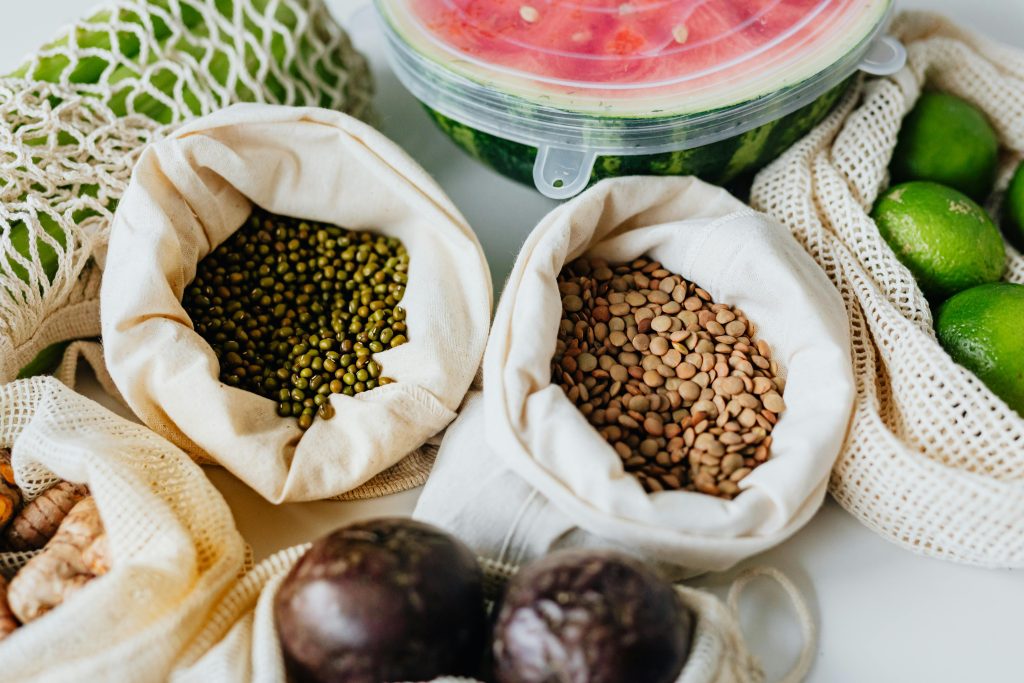Introduction
World leaders agree that we must significantly transform our food system to provide access to healthy food and promote agricultural sustainability [10]. From the consequences of warfare and war to the outcomes of climate the food chain is facing challenges that necessitate innovation [8]. The need for innovation is what initiates trends in the food industry. This article, based on reports released by the EIT and other relevant organizations, examines the food industry and food safety management trends that will influence 2024, and how they can help tackle the emerging issues in the food system.
Trends drivers
As briefly mentioned in the introduction, needs often drive trends in the food industry. These needs may come from rising challenges like climate change, population growth, and conflict. In fact, the altering of the patterns of diseases, reduced water availability, and disruption of agricultural infrastructure and assets all influence food safety and therefore food security. In other cases, consumers may be driving trends, such as seeking more healthy and nutritious food, more sustainability, or more transparency in the food chain [8] [10].
Food safety management is often the key to tackling challenges arising in the food chain. By applying food safety standards and practices, food businesses can prevent foodborne diseases and promote better health, food security, sustainability, and transparency in the food chain. For example, food safety management can help reduce food waste, improve food quality and nutrition, enhance food traceability and accountability, and support environmental and social responsibility. Therefore, food safety management is essential for the food industry to meet the needs and expectations of customers, regulators, and stakeholders [9]. Food safety can influence trends in the food industry and vice-versa.
1. Food security
In 2024, food security is likely to remain one of the world’s most pressing concerns. (World Bank) Food systems have been put under pressure in 2023, facing natural calamities and geopolitical tensions, ultimately resulting in worsened access to food [8]. According to the latest update by the World Bank Food Security Outlook, despite food security stabilizing in 2024, disparities between people are drastically growing, and the risk of reaching 943 million severely food insecure people in 2025. The estimated current food insecurity situation is shown in Figure 1 [10] [8].
According to the same report, for providing a safety net and ensuring food access, $90 billion will be needed, now until 2030 [10]. In response to this, a lot of effort has been put already into addressing food insecurity, especially in critical areas. Food safety has an important role in food security to mitigate food instability. Many projects already started in 2023 and will continue in 2024 that focus on educating people on how to safely handle food, including community-based projects, urban agriculture solutions, and efforts of collaboration between governments, NGOs, and private sectors [8].

2. Labeling
In 2024, a greater emphasis on clear food labeling is expected, allowing consumers to make more informed choices about the foods and beverages they consume [4]. A study published in 2023 by the European Institute of Innovation and Technology (EIT) on eco-labels on food products evidenced how 63% of European consumers think that food brands are lying about the sustainability of their products and are not transparent about their labels [3].
Future labeling trends will therefore focus on re-gaining consumers’ trust in the food industry and labels. These trends will also influence and be influenced by food safety standards, like traceability management [4]. Better traceability can better support claims made on labels and increase transparency in the food chain [8].
3. Regenerative agriculture
As stated in the EIT report on food trends, regenerative agriculture has been a trending topic for a while, and it’s expected to continue evolving in 2024 [8]. The improvement of these systems is vital for resilient food production. Food safety plays a role in regenerative agriculture, for instance, bringing attention to soil health, and the importance of assessing the safety of emerging agricultural techniques [8].
Furthermore, the definition of regenerative agriculture is not clear. As concerns about greenwashing are rising, the legislative framework and the industry must work towards a clear definition and impact measurement assessing methods [8].
4. Data
The trend of consumers seeking more healthy and sustainable food products will continue in 2024. Dietary trends include purchasing more nutritious foods, but also looking for environmentally friendly alternatives. This includes seeking alternatives to animal protein, whose production is considered to have a high impact on the environment. Figure 2 shows how Google searches for the term “plant-based” have increased in the last decade, showing growing interest in animal-free alternatives. Innovative food companies are leveraging technology to create products that closely mimic the experience of eating animal-derived products. Examples include plant-based meat and dairy alternatives, 3D-printed food, cultured meat, insect protein, etc [7].

Data will play a big role in assessing consumer’s food behavior according to EIT: new generations are learning more about food via online platforms and social media channels like TikTok. These platforms can be exploited to gain insights into consumers’ preferences and also to accurately communicate with them [8].
Finally, food safety management plays a pivotal role in assessing the safety of food products newly introduced to the market. For instance, a potential legislative framework developed to deal with novel foods could affect stakeholders of the food industry. As such, the Italian government has backed a bill that would ban laboratory-produced meat, putting at arrest any future development and marketing of cultured meat products [2].
To read more about consumer trends and food safety, read the following article:
Customer trends and new food sources
5. Food Safety Culture
Food safety culture is a newly introduced concept that is trending in food safety management. It can improve compliance with regulatory standards, prevent recalls and outbreaks, protect consumers, and positively influence the behavior of the whole staff within a food company. More than three-quarters of EU enterprises report difficulty obtaining personnel with the requisite skills, but only 37% of staff receive regular training [1]. This skills “crisis” will require stakeholders to address the existing knowledge gap, also regarding food safety. The food safety culture approach is a perfect method to tackle this gap and will be a trend shaping 2024.
Keeping up with food safety trends: QAssurance Food Safety Culture Scan
The iMIS Food Safety Culture Scan makes Food safety culture measurable among staff by completing a few simple agree and disagree questions. If you want to assess food safety culture performance within your company and receive results by email try our “ Food Safety Culture Scan for staff” below:
iMIS Food Safety Culture Scan Staff & Management
6. Digitalization and AI trends
The food industry still lags behind in digitalization compared to other industries, however, is it finally catching up. Furthermore, recent breakthroughs in AI technology and tools are already impacting the food industry, including applications for food reduction, personalized nutrition, monitoring methods, traceability, and food safety management. Nevertheless, cybersecurity awareness should go hand in hand with the implementation of food safety management systems based on digitalization. Cyberattacks have resulted in the temporary closure of major food processing plants, most notably the total shutdown of multiple ports in Australia in November 2023. [5]
A recent FAO report explored the application of Big Data and AI in Early warning tools and systems for emerging issues in food safety. Find below a summary.
Early warning food safety AI tools
Conclusion
In conclusion, these trends will shape the food industry and food safety management in 2024, based on reports of EIT, Foresight, and the World Bank.
- Challenges affecting the food chain are shaping trends in 2024. This includes seeking more sustainability, food security, and innovation.
- Food safety can help achieve better performance in the food industry, but new trends can also pose a risk.
- Regulatory framework should be defined for emerging trends, and companies should always be up to date with regulations.
Sources
- [1] Feeding the future: the crucial role of advancing food industry skills – EIT Food. (n.d.). EIT Food. https://www.eitfood.eu/blog/feeding-the-future-the-crucial-role-of-advancing-food-industry-skills
- [2] Kirby, B. P. (2023, March 29). Italy moves to ban lab-grown meat to protect food heritage. BBC News. https://www.bbc.com/news/world-europe-65110744
- [3] New research shows majority of people would embrace an international eco-label on food products – EIT Food. (n.d.). EIT Food. https://www.eitfood.eu/news/new-research-shows-majority-of-people-would-embrace-an-international-eco-label-on-food-products
- [4] Phillips, J. (2024, January 4). Food Trends 2024. Food Insight. https://foodinsight.org/food-trends-2024/#:~:text=In%202024%2C%20expect%20a%20heightened,to%20be%20at%20the%20forefront.
- [5] SQFI shares five food safety production topics to watch in 2024. (2023, December 13). SQFI. https://www.sqfi.com/news/blog/view/sqfi-blog/2023/12/13/sqfi-shares-five-food-safety-production-topics-to-watch-in-2024
- [6] The role of science, technology and innovation in ensuring food security by 2030. (2017, May 8). UNCTAD. https://unctad.org/publication/role-science-technology-and-innovation-ensuring-food-security-2030
- [7] Thinking about the future of food safety. (2022). In FAO eBooks. https://doi.org/10.4060/cb8667en
- [8] Top 5 food trends in 2024 – EIT Food. (n.d.). EIT Food. https://www.eitfood.eu/blog/top-5-food-trends-in-2024
- [9] Why is food safety important? (The most thorough answer you’ll find). (n.d.). https://www.fooddocs.com/post/why-is-food-safety-important
- [10] World Bank Group. (2024). Food Security Update| The Bank’s Response to Rising Food Insecurity. In World Bank. https://www.worldbank.org/en/topic/agriculture/brief/food-security-update
Related articles to Food (Safety) Trends 2024
Many customers and visitors to this page 'Food (Safety) Trends 2024' also viewed the articles and manuals listed below:



